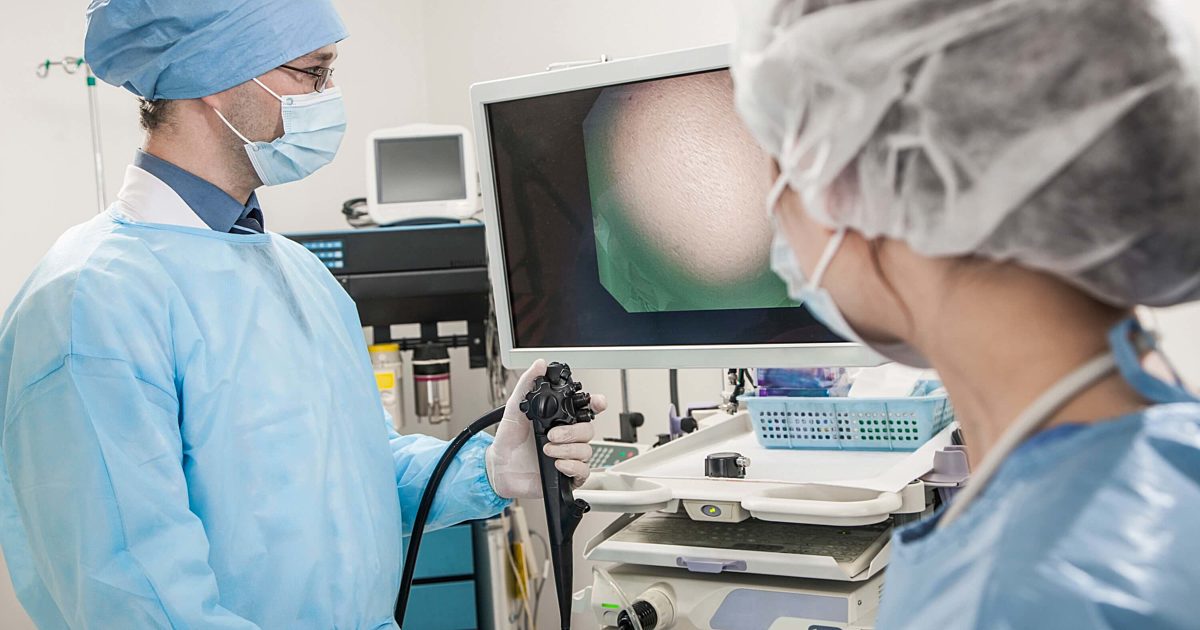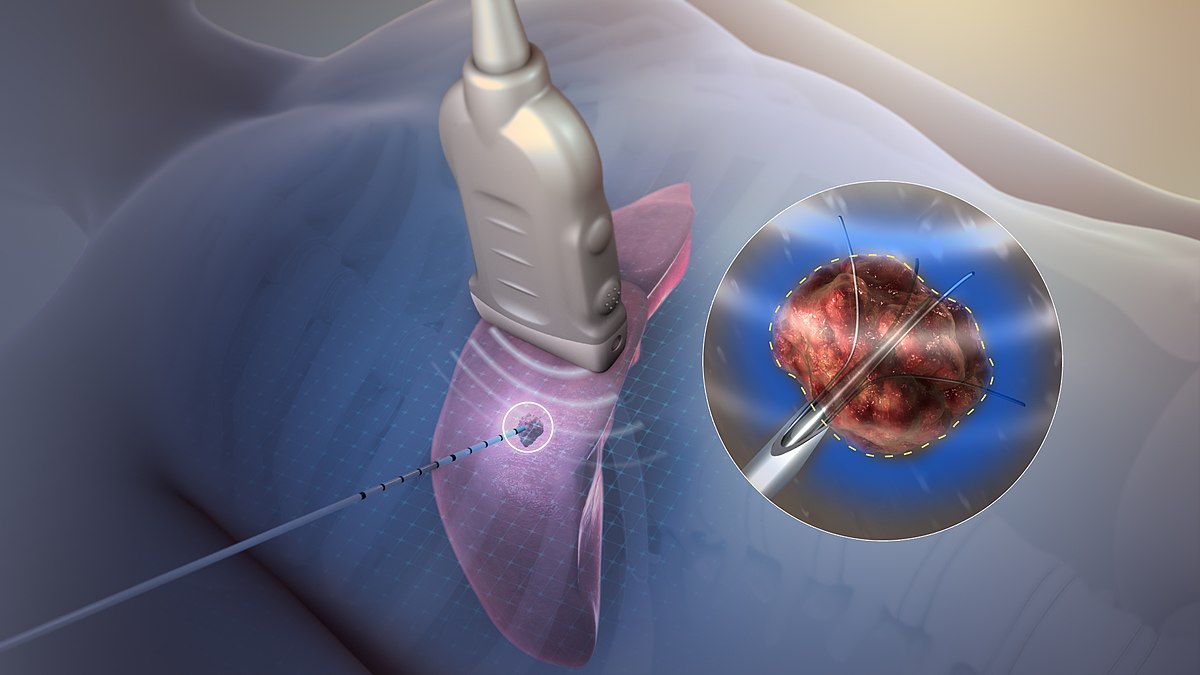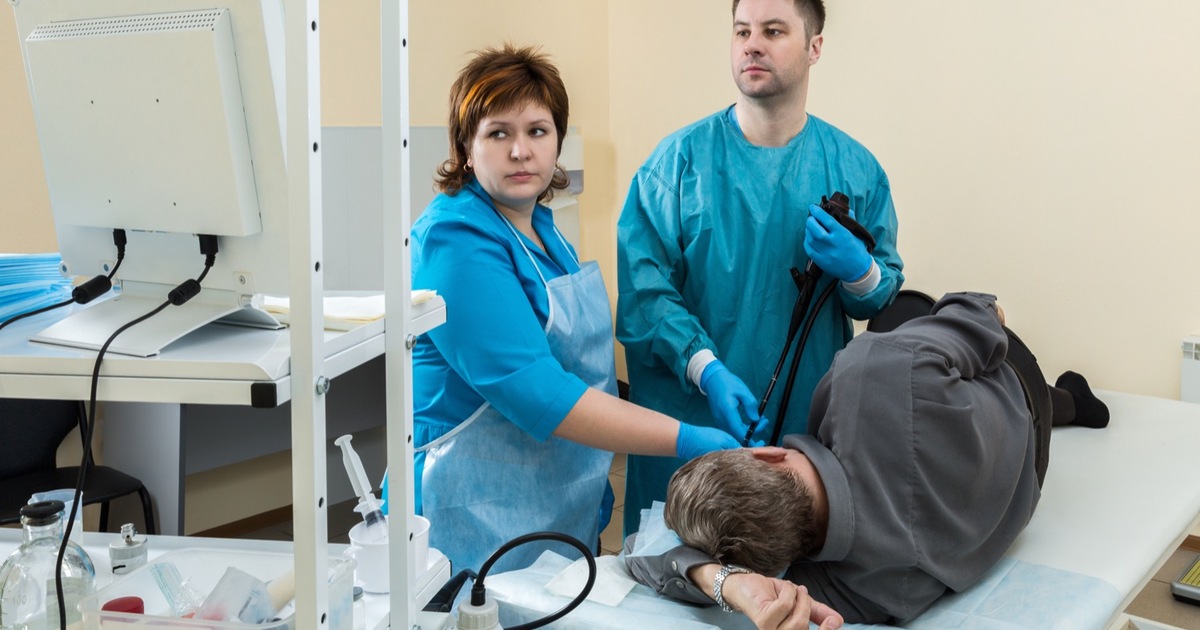Options For Treating Barrett's Esophagus
Barrett's esophagus is a complication that often occurs with gastroesophageal reflux disease (GERD). In individuals with Barrett's esophagus, the tube food uses to travel from the mouth to the stomach has an irregular lining. The normal lining of the esophagus changes into tissue similar to the intestinal lining. These changes themselves do not produce any noticeable symptoms. However, symptoms that commonly occur with GERD include problems with swallowing, chest pain, and frequent heartburn. The primary concern for Barrett's esophagus patients is the increased risk for developing a type of cancer called esophageal adenocarcinoma. It is imperative for affected individuals to have routine exams of the esophageal cells, as this precaution makes it easier to discover any precancerous cells at an early stage when they are easier to treat. Treatment focuses on controlling GERD symptoms to slow the progression of Barrett's esophagus.
Get to know the specifics on treatments for Barrett's esophagus now.
Endoscopic Resection

Endoscopic resection is a method used to remove early-stage cancer cells and precancerous cells from the digestive tract lining. This option is an ideal alternative to traditional surgery that is sometimes used to remove precancerous and cancerous growths in the digestive tract lining. The reason for this is because endoscopic resection is considerably less invasive and less risky. This procedure is helpful for patients with Barrett's esophagus because it allows for any concerning tissues to be removed from the abnormal esophageal lining. It is imperative that these tissues are immediately extracted to stop the progression of cancerous or precancerous growths in the esophagus lining. The procedure is performed using an endoscope or a long thin flexible tube with a video camera and a light on the end of it. The surgeon inserts the endoscope into the individual's mouth, down their throat, and into their esophagus. Once located, the area of concern is carefully removed by maneuvering specialized instruments through the tube. Usually, medication is used to sedate the patient, and a numbing solution is used to ensure that they do not feel any pain or discomfort during the endoscopic resection. Most patients can return to their normal activities the next day.
Learn more about treating Barrett's esophagus now.
Radiofrequency Ablation

Radiofrequency ablation is a procedure used to ablate diseased or abnormal tissues in the digestive tract with the use of heat energy. Tissue ablation is performed so the abnormal tissue can be destroyed to give the body an opportunity to grow back new healthy tissues in its place. Radiofrequency ablation allows Barrett's esophagus patients to eradicate the abnormal lining of their esophagus. The procedure is carried out with the use of an endoscope similar to the one used in an endoscopic resection. However, the endoscope in radiofrequency ablation has an electrode on the end of it. The electrode is the device that will deliver heat energy directly to the abnormal tissues of the esophageal lining. Once the application of heat is administered to all of the diseased tissues, they will slough off between two and three days following the procedure. It will take the individual around six to eight weeks to regrow normal squamous cell lining in their esophagus. Depending on the extent of Barrett's esophagus, up to three separate radiofrequency ablation treatments may be required to remove all of the diseased tissues in the esophageal lining.
Continue reading to reveal more options for treating Barrett's esophagus now.
Treatment For Gastroesophageal Reflux Disease

Barrett's esophagus is a complication connected to gastroesophageal reflux disease. Because of this, treatment for GERD will help stop the progression of the abnormal esophageal lining. Usually, for mild cases of GERD, an individual will be advised to take over the counter antacids and make diet changes. If this does not help treat gastroesophageal reflux disease, medications that decrease the production of stomach acid called H-2-receptor blockers may be recommended. These medications do not work as rapidly as antacids do, though they do provide relief for a longer duration. If these measures do not help with an individual's GERD symptoms, a physician may prescribe proton pump inhibitors, which stop the production of stomach acid altogether. Another medication may be used that helps strengthen the sphincter between the stomach and esophagus. Taking this medication helps the sphincter stay closed so it cannot allow stomach acid to flow back up into the esophagus. For more advanced cases of gastroesophageal reflux disease, surgical procedures are available to treat the disease. If a patient's GERD can be managed successfully, their Barrett's esophagus will not continue to worsen.
Uncover more details on how to treat Barrett's esophagus now.
Periodic Endoscopy

A critical factor in treating Barrett's esophagus is the use of a periodic endoscopy to check for cancerous and precancerous tissues. An endoscopy is a procedure utilized to examine a patient's upper digestive tract. This procedure is nonsurgical, and it is performed primarily for monitoring and diagnostic purposes. During this procedure, the individual is sedated in some form so they do not feel any discomfort or pain. The physician then passes the endoscope from the patient's mouth down into their throat, and then it is passed into the esophagus. The physician uses a monitor connected with the camera on the endoscope to inspect the tissues of the esophageal lining. If the physician sees anything concerning during the procedure, they may decide to perform a biopsy while the endoscope is already in place. The recommendation of how often a patient with Barrett's esophagus should have an endoscopy performed will depend on other risk factors such as age and familial history of cancer. Should cancerous tissue be observed in an endoscopy procedure, the patient can have it removed before it has the opportunity to spread.
Discover more methods available for treating Barrett's esophagus now.
Photodynamic Therapy

Photodynamic therapy is a nonsurgical procedure that uses medications to make abnormal cells and cancerous cells susceptible to intense light energy, like that from lasers. This technique can be used to destroy the abnormal lining of the esophagus in Barrett's esophagus patients. During photodynamic therapy, the physician will inject an infusion of a particular medication into the body through a vein. This medication causes cells to become very vulnerable to light. Within forty-eight hours of the infusion, the medication will have left the surrounding healthy tissues of the body. However, it remains in the tissue of the abnormal lining of the esophagus longer. This mechanism allows a physician to use a specialized endoscope equipped with a laser to activate the photosensitive drug that remains in the target tissues. When the light from the laser is applied, a process begins that kills the cells that form the abnormal lining. The only adverse effect of this type of therapy is the patient may remain light sensitive for thirty to ninety days following the procedure.